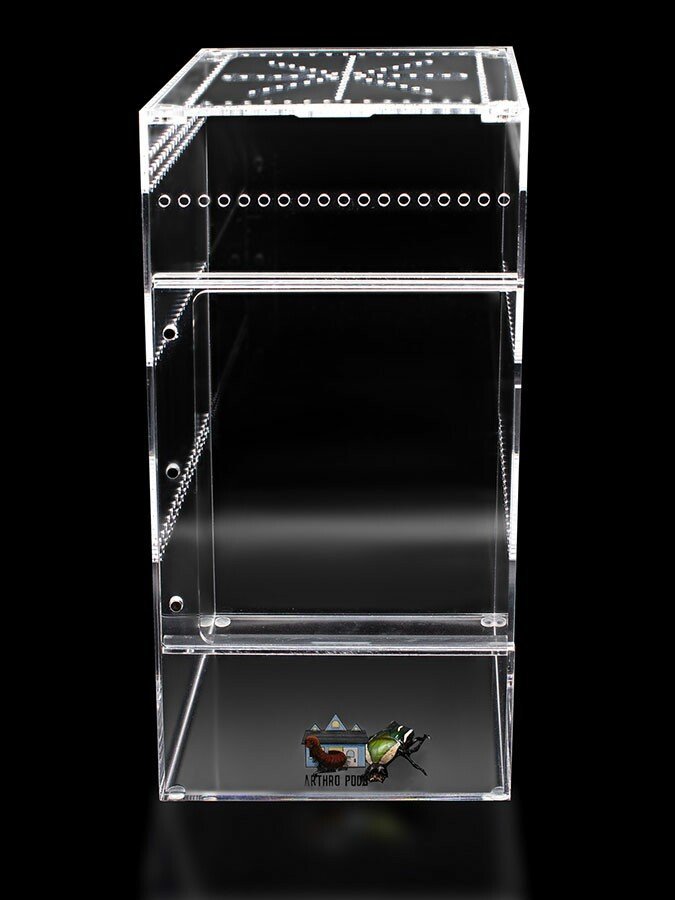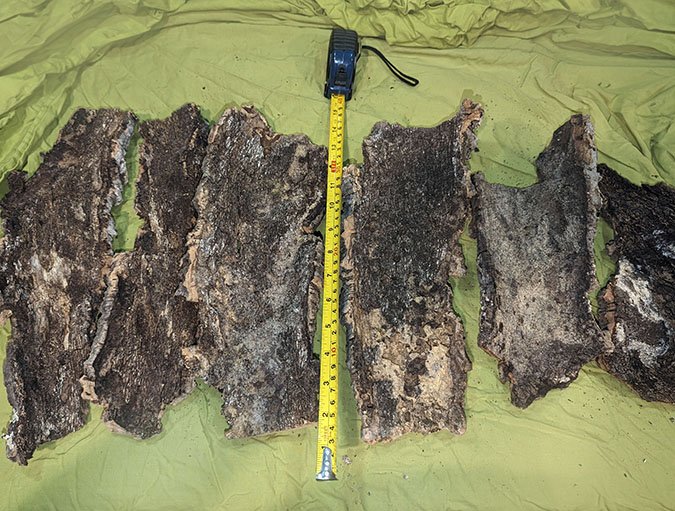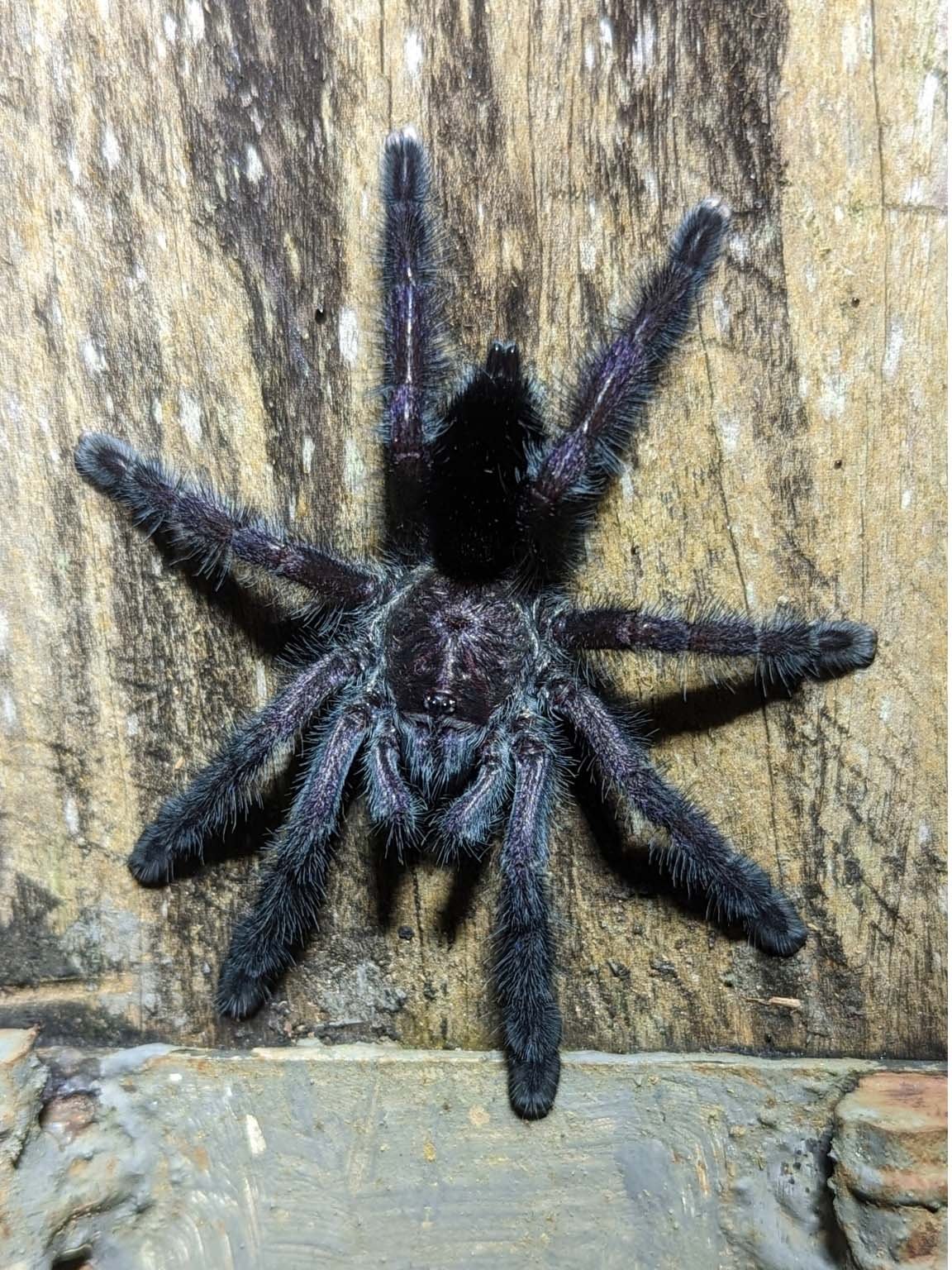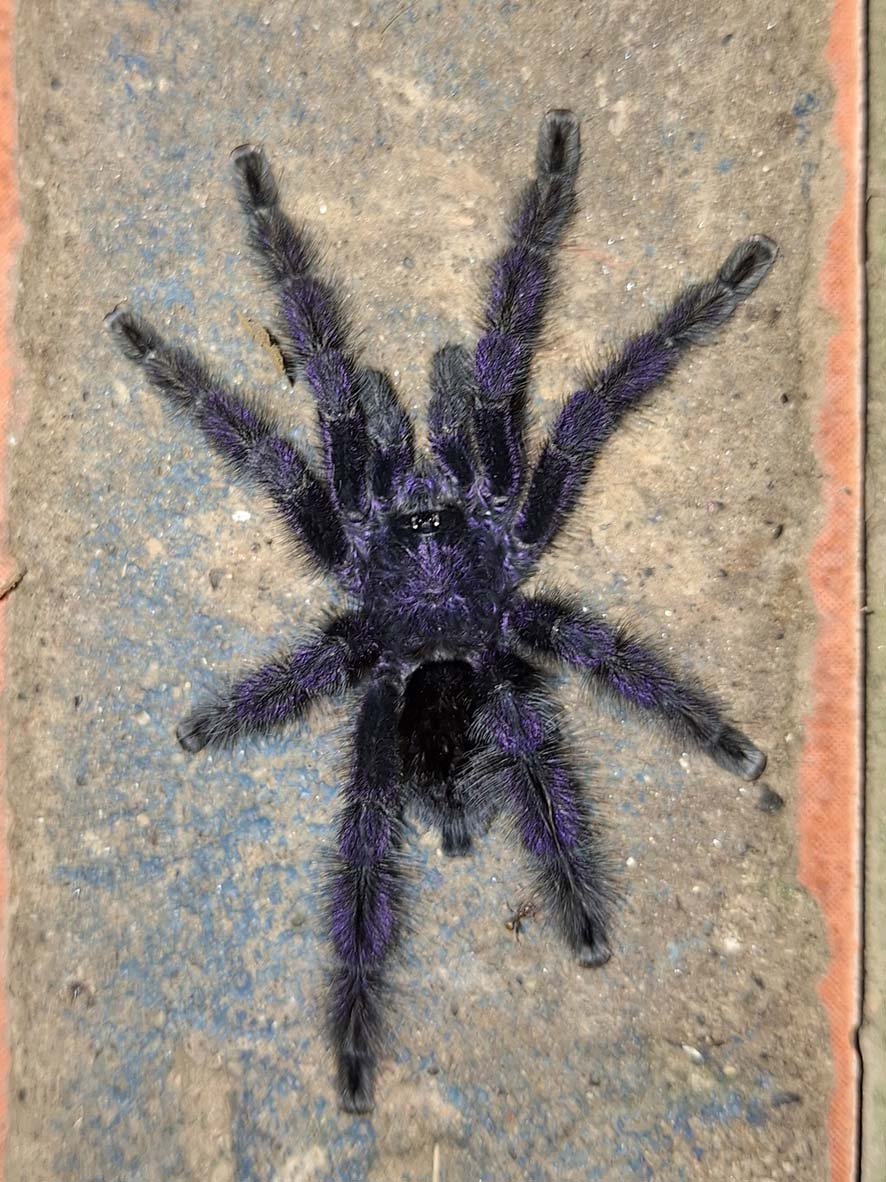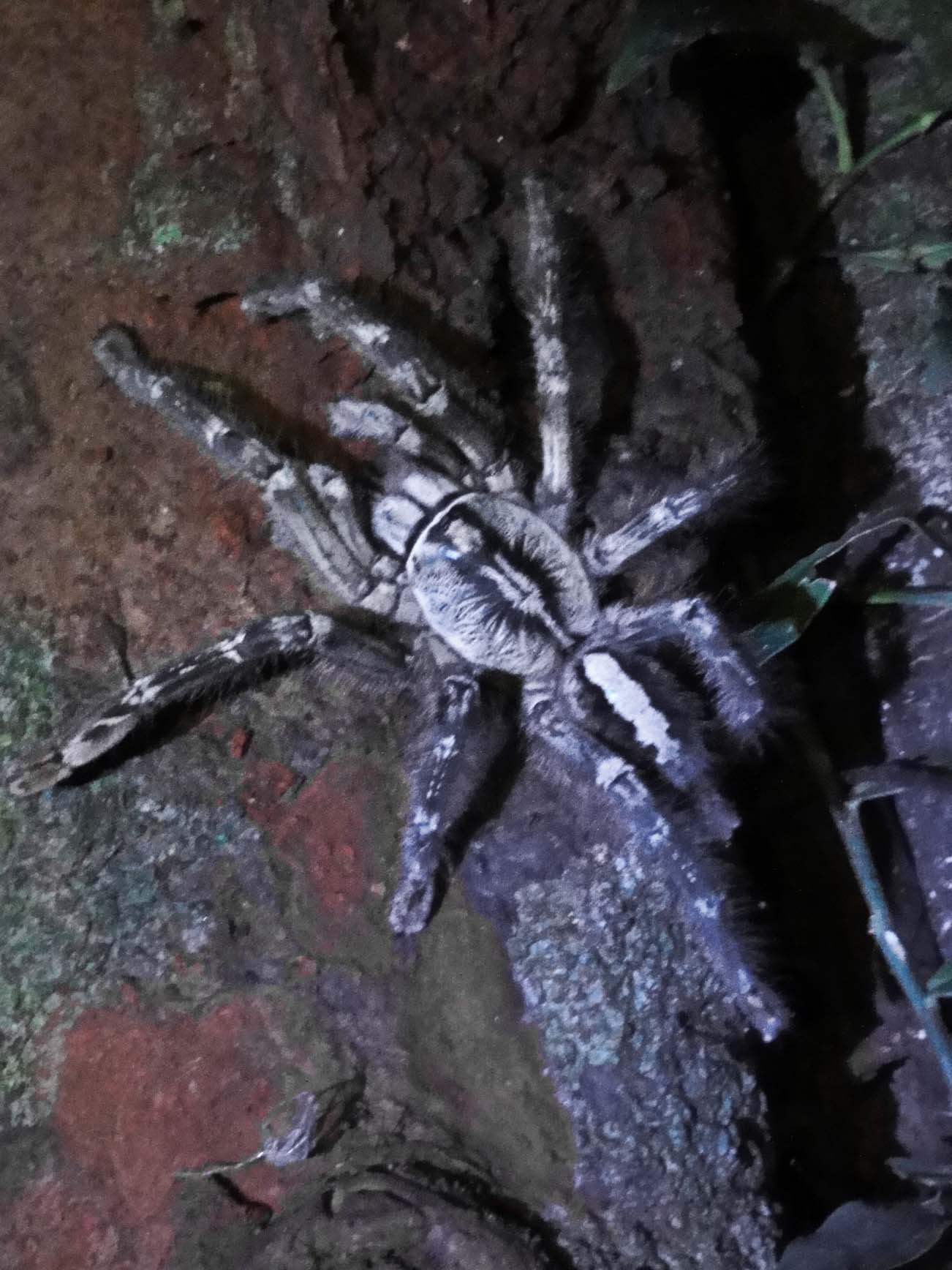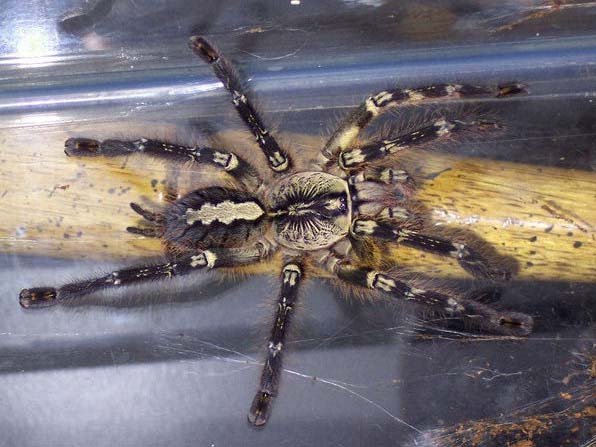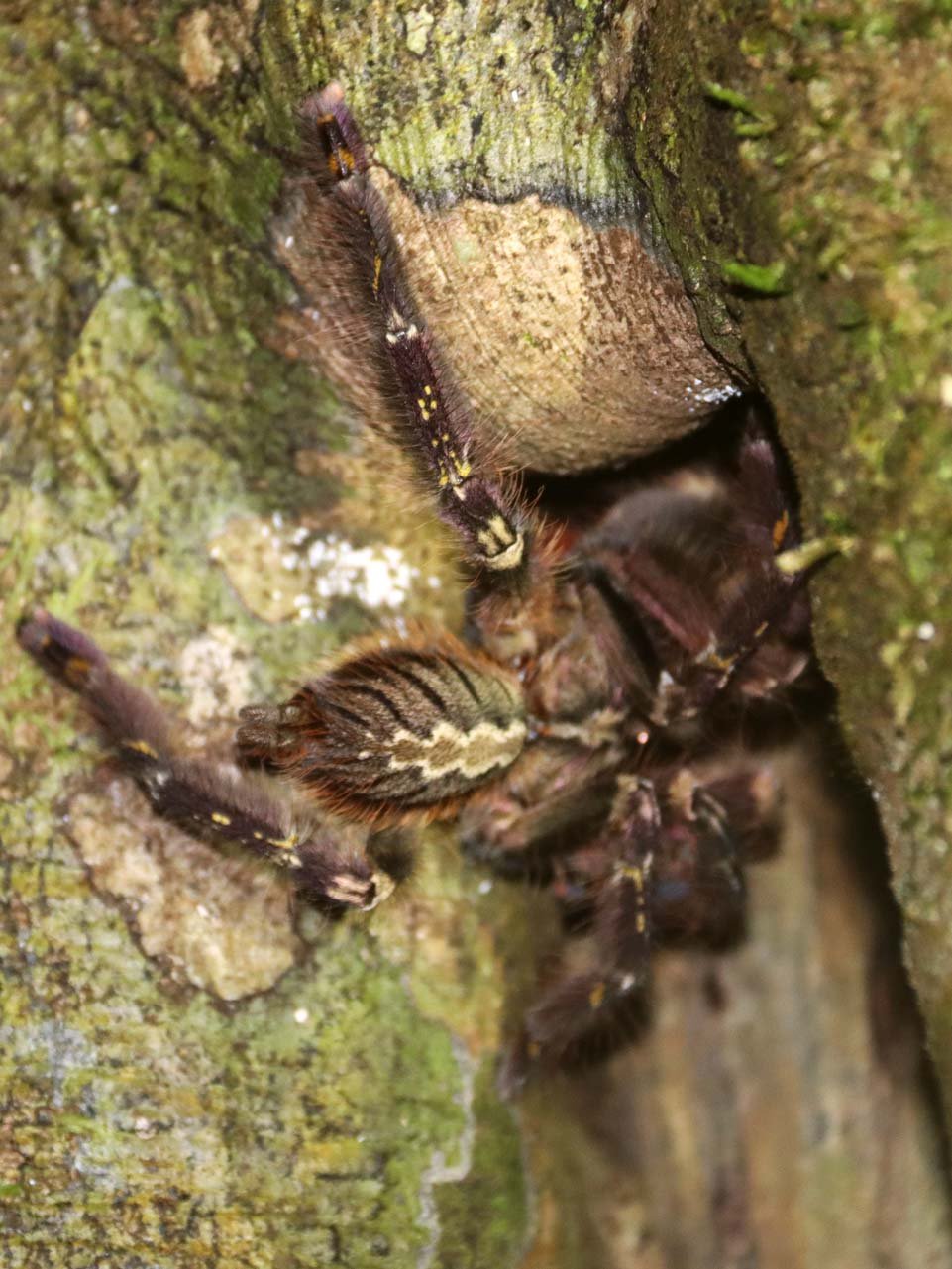Tapinauchenius rasti
Tapinauchenius rasti, commonly known as the Caribbean Diamond Tarantula, is a fast, sleek, and iridescent arboreal species native to the Caribbean island of Dominica. Belonging to the Psalmopoeinae subfamily, this species is celebrated for its metallic sheen, ranging from silvery-bronze to violet-grey under certain lighting, earning it the "Diamond" moniker for its subtle but dazzling beauty.
Unlike many arboreal tarantulas, T. rasti is noted for being extremely fast and skittish, relying on speed over aggression as a primary defense. It lacks urticating hairs and typically avoids confrontation by darting away into its webbed retreat. As a result, this species is not recommended for handling. Still, it is a fascinating and dynamic choice for experienced hobbyists looking to observe natural behavior in a well-structured enclosure.
Tapinauchenius rasti, commonly known as the Caribbean Diamond Tarantula, is a fast, sleek, and iridescent arboreal species native to the Caribbean island of Dominica. Belonging to the Psalmopoeinae subfamily, this species is celebrated for its metallic sheen, ranging from silvery-bronze to violet-grey under certain lighting, earning it the "Diamond" moniker for its subtle but dazzling beauty.
Unlike many arboreal tarantulas, T. rasti is noted for being extremely fast and skittish, relying on speed over aggression as a primary defense. It lacks urticating hairs and typically avoids confrontation by darting away into its webbed retreat. As a result, this species is not recommended for handling. Still, it is a fascinating and dynamic choice for experienced hobbyists looking to observe natural behavior in a well-structured enclosure.
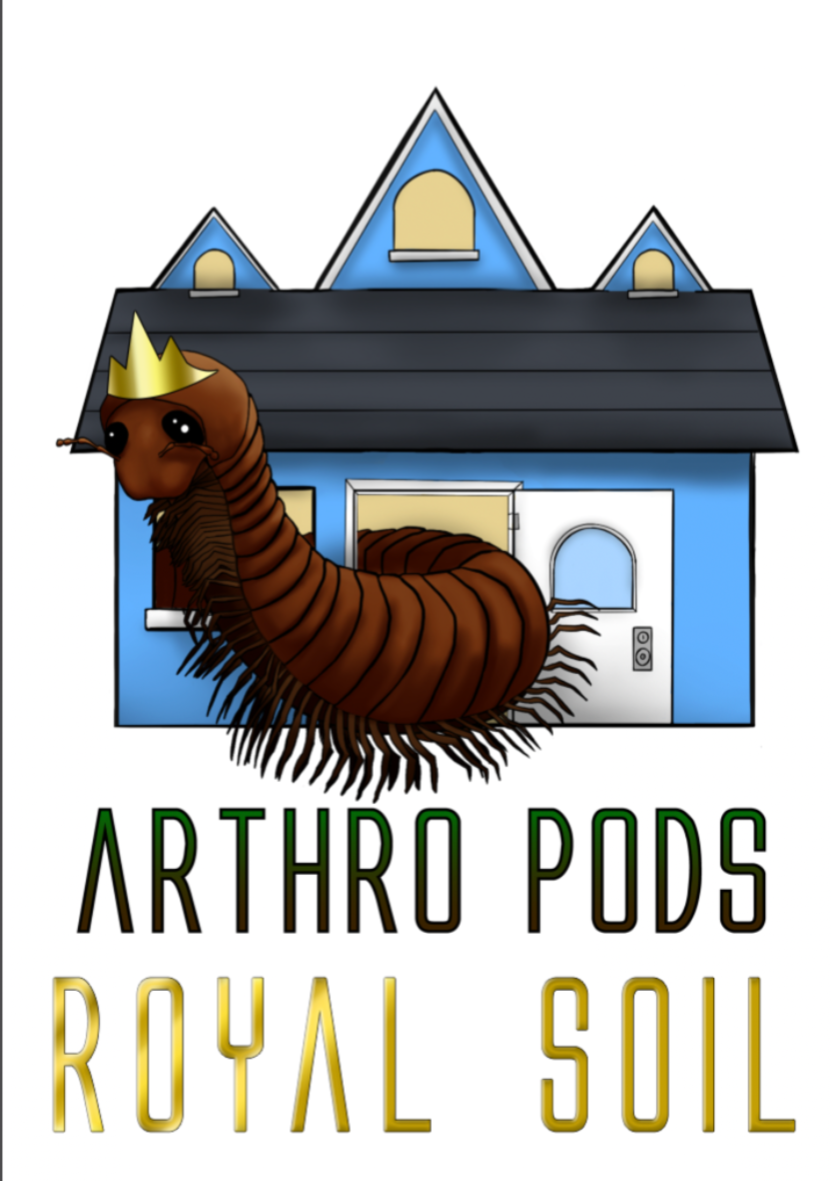

Tapinauchenius rasti, commonly known as the Caribbean Diamond Tarantula, is a fast, sleek, and iridescent arboreal species native to the Caribbean island of Dominica. Belonging to the Psalmopoeinae subfamily, this species is celebrated for its metallic sheen, ranging from silvery-bronze to violet-grey under certain lighting, earning it the "Diamond" moniker for its subtle but dazzling beauty.
Unlike many arboreal tarantulas, T. rasti is noted for being extremely fast and skittish, relying on speed over aggression as a primary defense. It lacks urticating hairs and typically avoids confrontation by darting away into its webbed retreat. As a result, this species is not recommended for handling. Still, it is a fascinating and dynamic choice for experienced hobbyists looking to observe natural behavior in a well-structured enclosure.
What's the ideal diet for a Caribbean Diamond Tarantula?
All Tarantulas can eat a variety of feeders. Stick to crickets, dubia roaches, silkworms, horned worms occasionally, and a superworm or mealworm as the occasional treat!
How should I keep a Caribbean Diamond Tarantula?
For this particular creature, you can start with the small Arboreal Bliss enclosure, and when they get to be about ⅓ the size, you will want to upgrade to the medium or large Arboreal Bliss enclosure. Feed them as slings once a week, twice if their opisthosoma (abdomen) looks small, but if the opisthosoma is wider than their prosoma (pneumothorax), then wait a couple of days to feed. For juveniles or adults, stick to feeding once a week, nothing larger than their opisthosoma. Make sure to keep a full water dish at all times; wider and deeper is preferred.
How long could a Caribbean Diamond Tarantula live?
Females are believed to live upwards of 12+ years, and males not exceeding around 4 years of age. All estimates are based on multiple sources.




